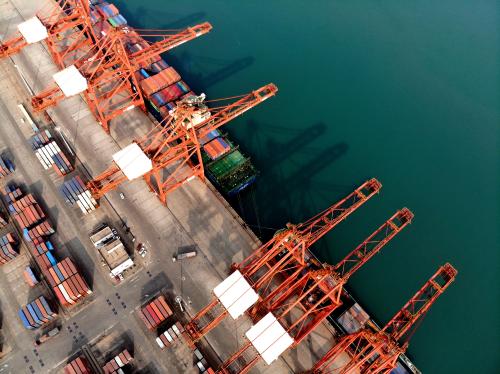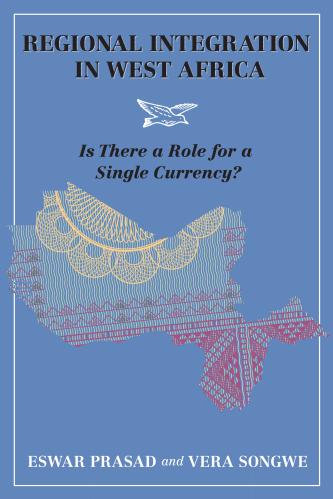This op-ed was originally published by the Financial Times.
Financial innovation sometimes brings great rewards. It can make the financial system more accessible to underserved segments of the population and improve lives. But some innovations can lead to disaster, which usually hurts the poor more than others.
Governments must find the right balance between promoting innovation and managing risks. As the world economy recovers from the Covid recession, which has exacerbated inequalities, the stakes could hardly be higher. The pace of innovations, including some truly groundbreaking ones, has picked up, heightening the urgency of addressing this question.
In the early 2000s, financial innovations took the form of new products that ostensibly made it easier for consumers to get credit and for investors to generate higher returns and better manage risk. The hubristic notions that financial engineering could itself create value, and that the private sector could adequately manage risks on its own, culminated in a spectacular collapse.
The latest wave of innovation is underpinned by new technologies that are encapsulated by the term “fintech.” Fintech is putting banking and other services literally in the hands of consumers. We can now make payments, do basic banking and even trade stocks with apps on our mobile phones.
The fintech revolution has the potential to democratize finance. Digital banks, robo-advisers and online platforms that directly connect savers and borrowers are transforming financial intermediation. They have made saving and credit products easily available even to low-income households as well as those in rural and remote areas, while encouraging entrepreneurial activity.
Digital payments that are cheap, quick and efficient are proving a boon for consumers and businesses. Disruptive change is coming to international payments, which have long been expensive and time-consuming. For economic migrants sending remittances to their home countries and many low-income countries that rely heavily on such flows, this is a blessing. Better payment systems will benefit domestic and international commerce.
Technology is not an unqualified blessing, however. Computer algorithms that dispassionately render verdicts on creditworthiness and loan qualifications in principle reduce overt racial and other forms of bias. But algorithms built by humans and benchmarked against historical data can end up reinforcing existing biases.
Digital access and financial literacy are still unevenly distributed. As the Gamestop saga showed, naive retail investors are often the last to join the party when speculative frenzies erupt, and they are left nursing losses when the frenzies end. Governments must still work to protect investors and ensure basic financial literacy, so that investors understand the products on offer and risks involved.
Moreover, even the relatively low cost of entry into digital markets does not ensure an easy path for new entrants and fair competition. Network effects that benefit incumbents can lead to even greater concentration in the digital realm. China’s government gave Alipay and WeChat Pay free rein, which they used to create innovations that expanded financial access to the masses and helped in the fight against poverty. But these two platforms now dominate the payments landscape, acquiring so much power that the Chinese authorities recently cracked down on them.
India’s Unified Payments Interface provides a model for how a government can foster private sector innovation and competition in financial services, without directly intruding in this sector. The Indian government created a public digital infrastructure with open access that provides easy entry for payment providers, ensuring a level playing field for established operators and new entrants.
Aadhaar, a biometric identification scheme, makes it easy for even illiterate and poor individuals to establish their identity, facilitating access to the financial system. The government has proposed regulations to give consumers control over use of their data.
Fintech regulatory “sandboxes” that allow new products and services to be tested in a controlled environment and in a limited scope can also help balance regulators’ concerns with the inherent riskiness of innovations.
Fintech can play a powerful role in democratizing finance in advanced and developing economies, but its perils must not be discounted. While the private sector should be left mostly unshackled to do the heavy lifting, governments have an indispensable role in securing the benefits and managing the risks.








Commentary
Op-edGovernments must help manage the risks of fintech
August 24, 2021